In 1878, the Ottoman authorities directed the Circassian immigrants who were mainly of peasant stock to settle in Amman, and distributed arable land among them. The first Circassian settlers lived near Amman’s Roman theater and incorporated its stones into the houses they built. The British report from 1933 shows around 1,700 Circassians living in Amman. Yet the community was far from insulated. They formed alliances both with local urban and nomadic communities and regional grain merchants to cement their status in the newly established city. Amman’s first municipal council was established in 1909, and Circassian Ismael Babouk was elected as its mayor. The city’s demographics changed dramatically after the Ottoman government’s decision to construct the Hejaz Railway, which linked Damascus and Medina, and facilitated the annual Hajj pilgrimage and trade. Because of its location along the railway, Amman was transformed from a small village into a major commercial hub in the region.
The First and Second Battle of Amman were part of the Middle Eastern theatre of World War I and the Arab Revolt, taking place in 1918. Amman had a strategic location along the Hejaz Railway; its capture by British forces and the Hashemite Arab army facilitated the British advance towards Damascus. The second battle was won by the British, resulting in the establishment of the British Mandate.
In 1921, the Hashemite emir and later king Abdullah I designated Amman instead of al-Salt to be the capital of the newly created state, the Emirate of Transjordan, which became the Hashemite Kingdom of Jordan in 1950. Its function as the capital of the country attracted immigrants from different Levantine areas, particularly from al-Salt, a nearby city that had been the largest urban settlement east of the Jordan River at the time. The early settlers who came from Palestine were overwhelmingly from Nablus, from which many of al-Salt’s inhabitants had originated. They were joined by other immigrants from Damascus. Amman later attracted people from the southern part of the country, particularly Al Karak and Madaba. The city’s population was around 10,000 in the 1930s.
Jordan gained its independence in 1946 and Amman was designated the country’s capital. Amman received many refugees during wartime events in nearby countries, beginning with the 1948 Arab–Israeli War. A second wave arrived after the Six-Day War in 1967. In 1970, Amman was a battlefield during the conflict between the Palestine Liberation Organization (PLO) and the Jordanian Army known as Black September. The Jordanian Army defeated the PLO in 1971, and the latter were expelled to Lebanon. Influxes of refugees have come from Palestine, Iraq and recently Syria.
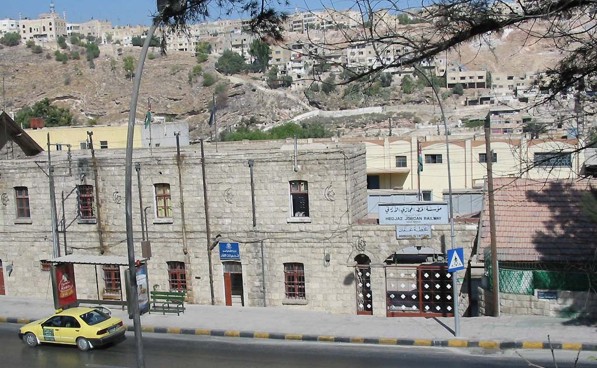
The street side of the Amman Train Station
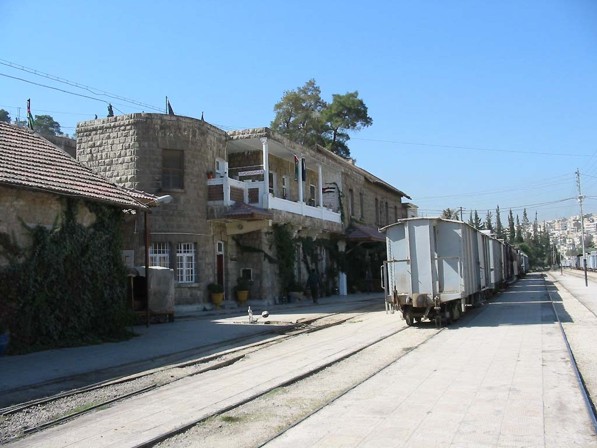
The platform

Water towers as seen from the Amman station platform
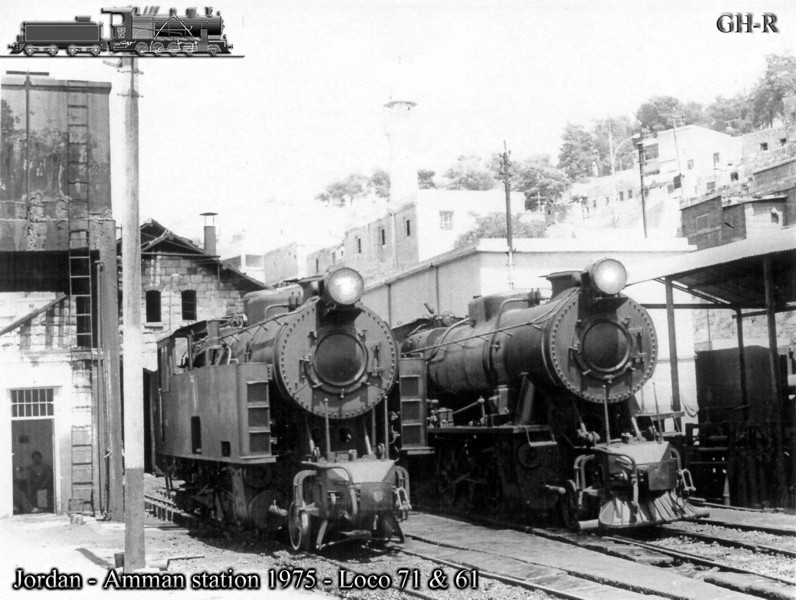
Steam locomotives 71 and 61 at the Amman Shed in 1975
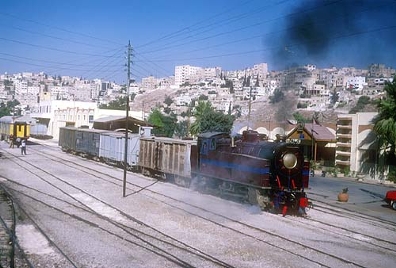
Steam train leaves the Amman platform
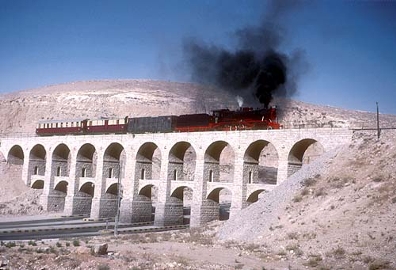
A steam train crosses the Amman viaduct
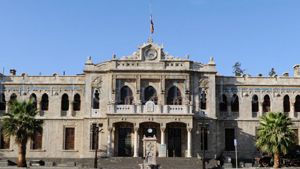
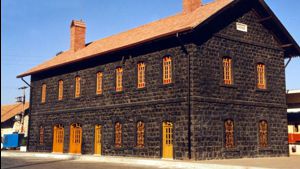
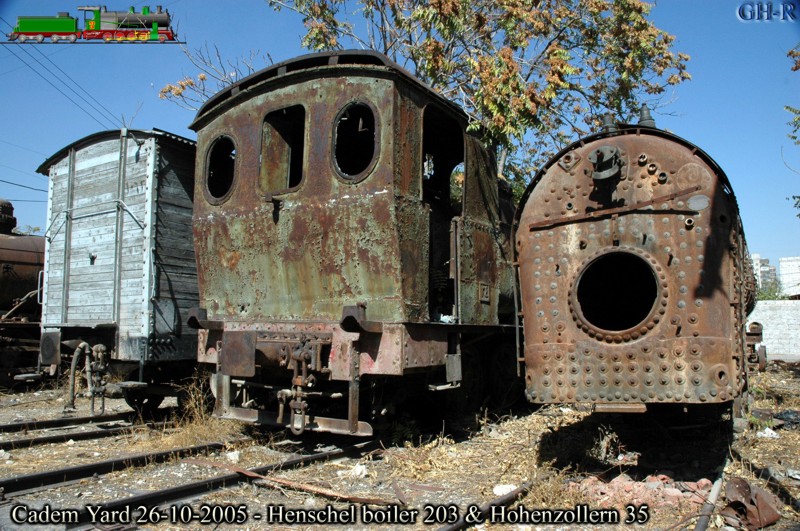

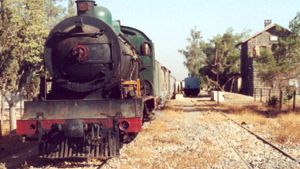
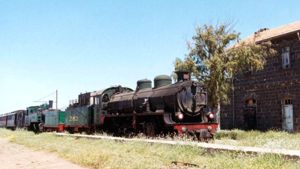
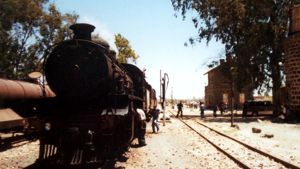
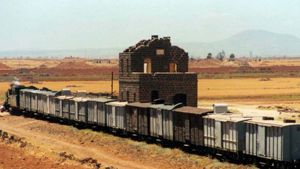
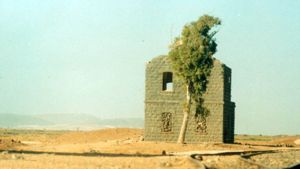
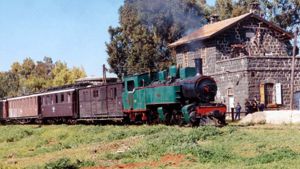
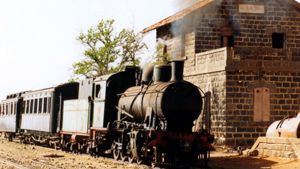
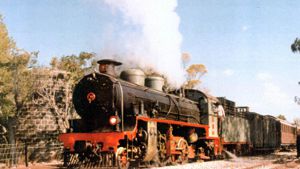
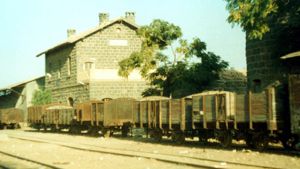
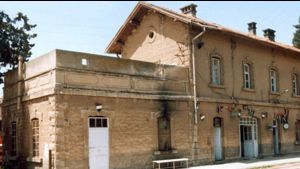
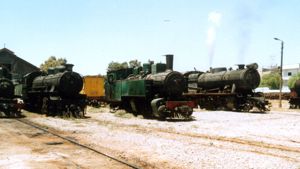
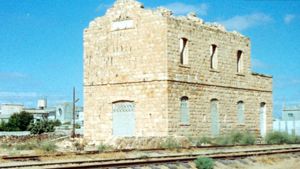
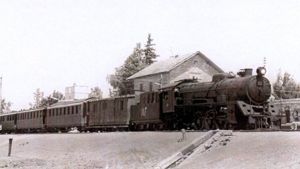
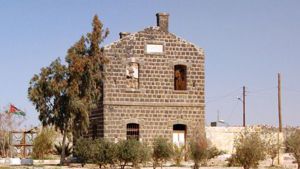
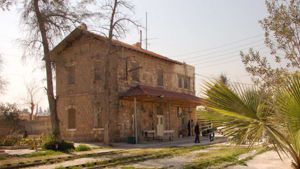
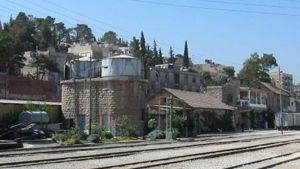

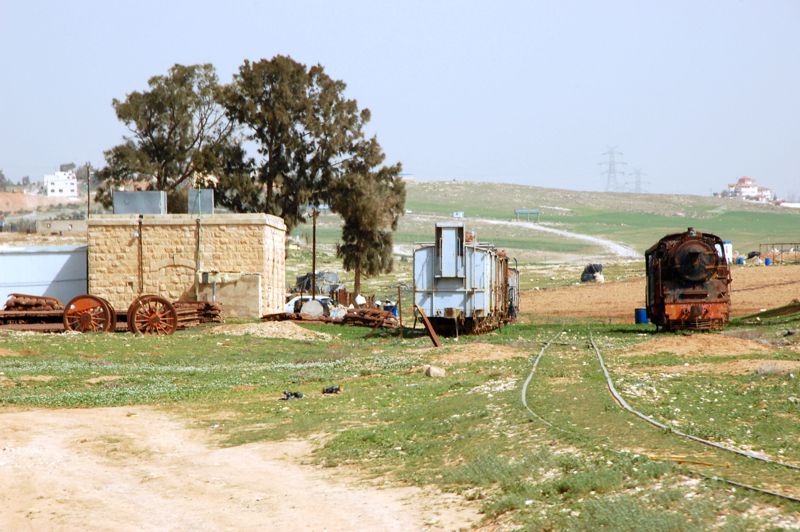
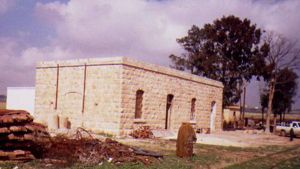
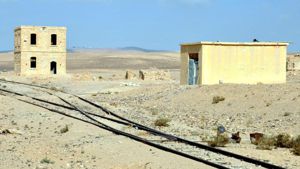
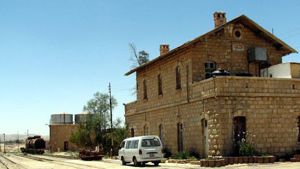

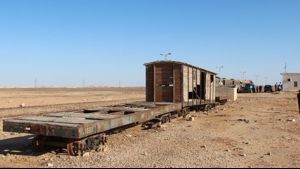
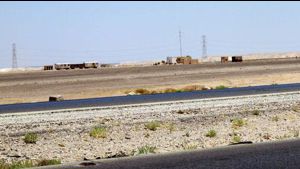
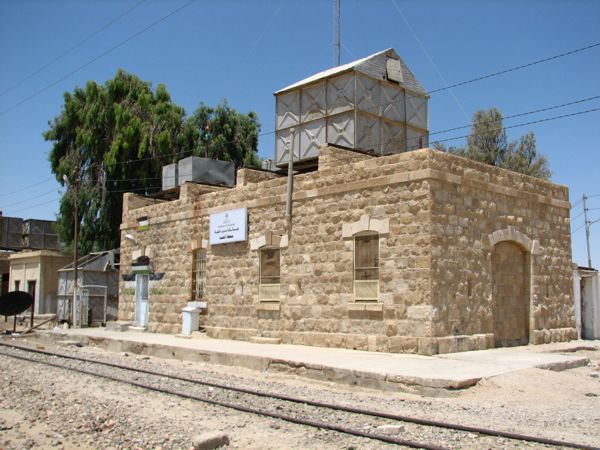
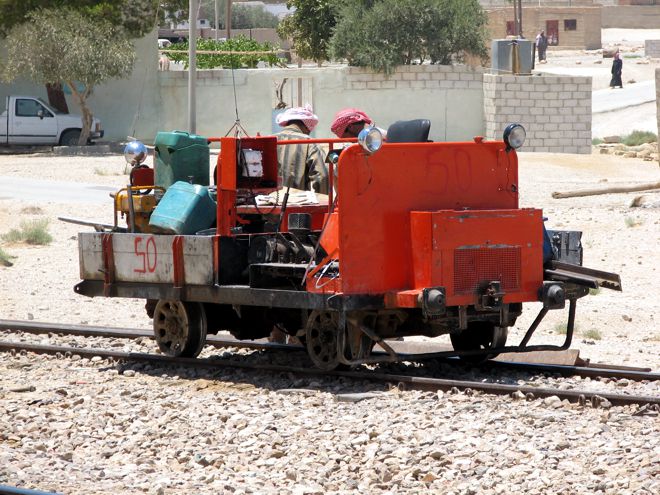
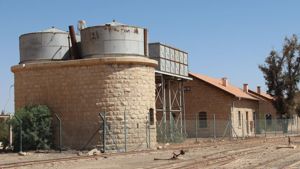
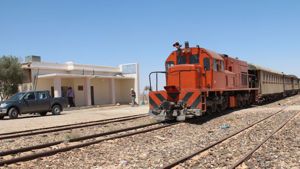
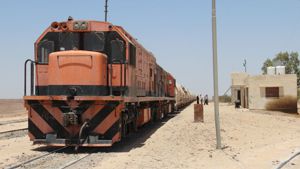
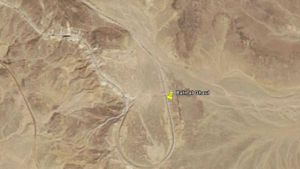
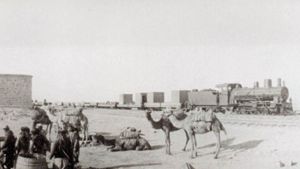
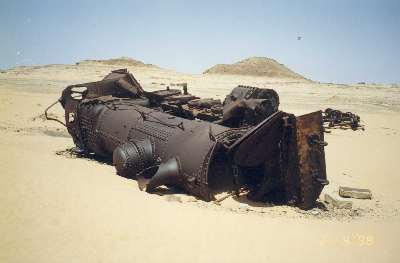
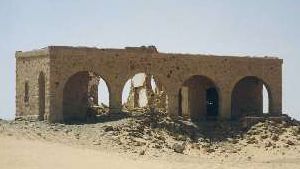
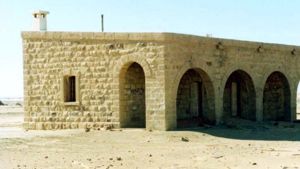
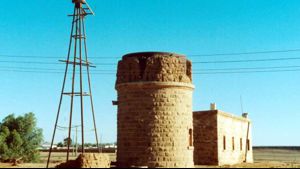
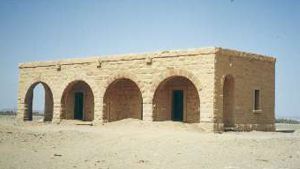
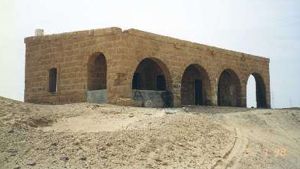
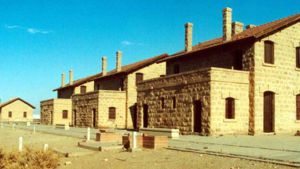
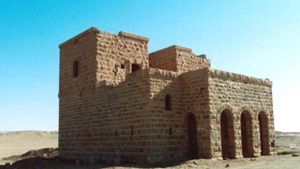
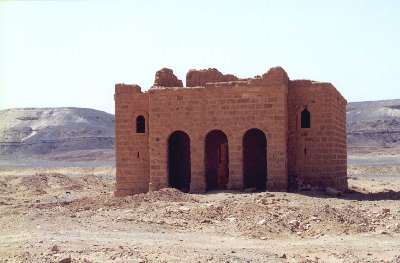
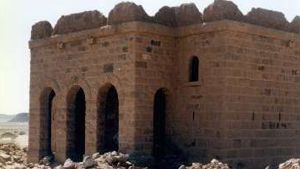
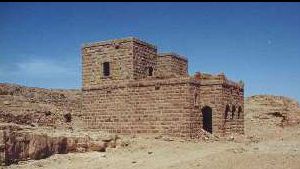
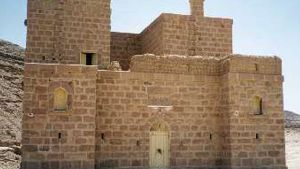
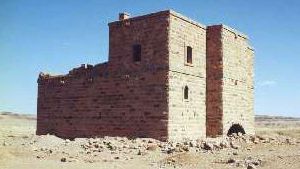
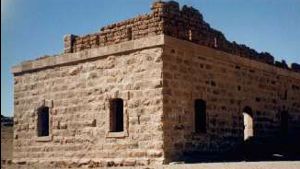
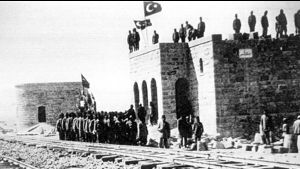
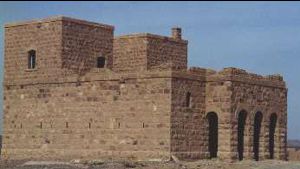
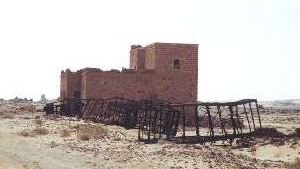
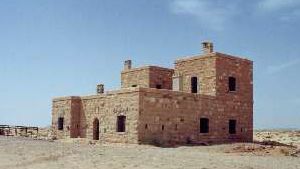
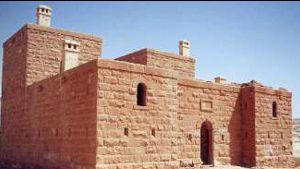
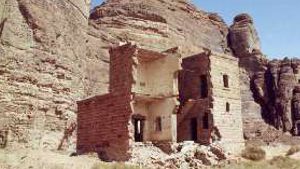
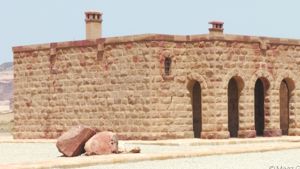
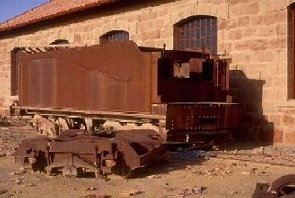
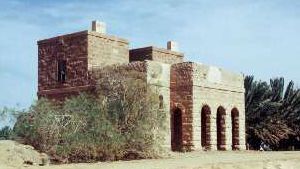
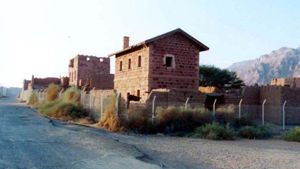
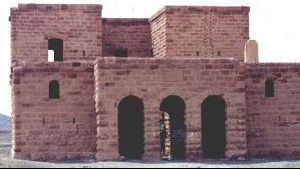

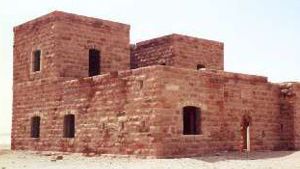
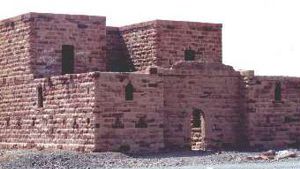
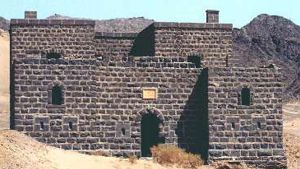
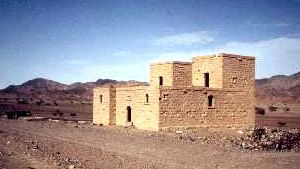
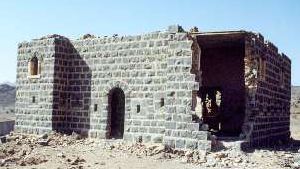
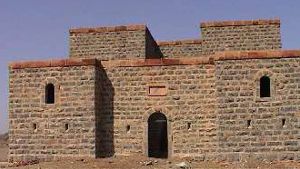
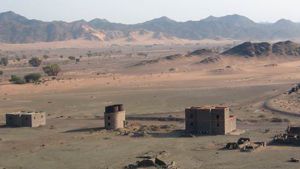
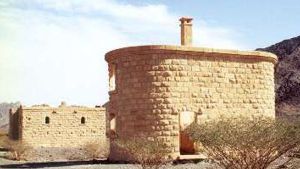
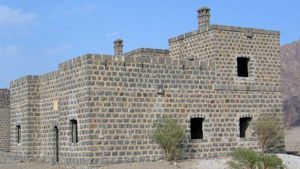
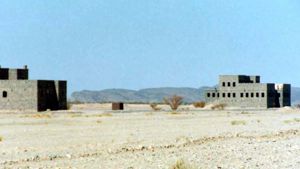
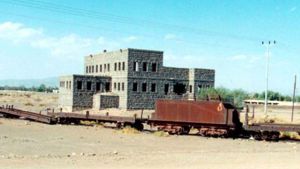
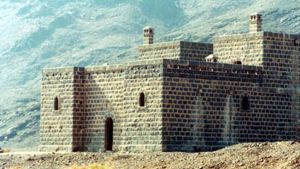
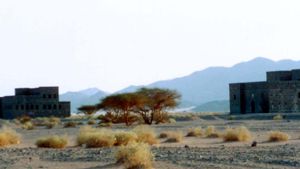
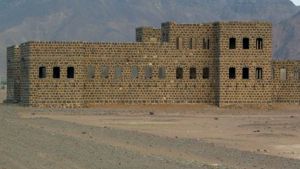
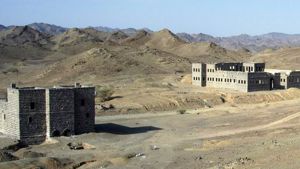
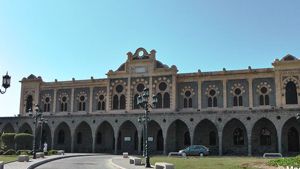
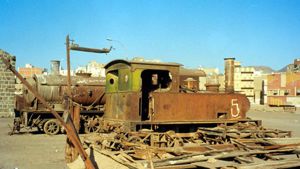
Page Discussion
Membership is required to comment. Membership is free of charge and available to everyone over the age of 16. Just click SignUp, or make a comment below. You will need a user name and a password. The system will automatically send a code to your email address. It should arrive in a few minutes. Enter the code, and you are finished.
Members who post adverts or use inappropriate language or make disrespectful comments will have their membership removed and be barred from the site. By becoming a member you agree to our Terms of Use and our Privacy, Cookies & Ad Policies. Remember that we will never, under any circumstances, sell or give your email address or private information to anyone unless required by law. Please keep your comments on topic. Thanks!